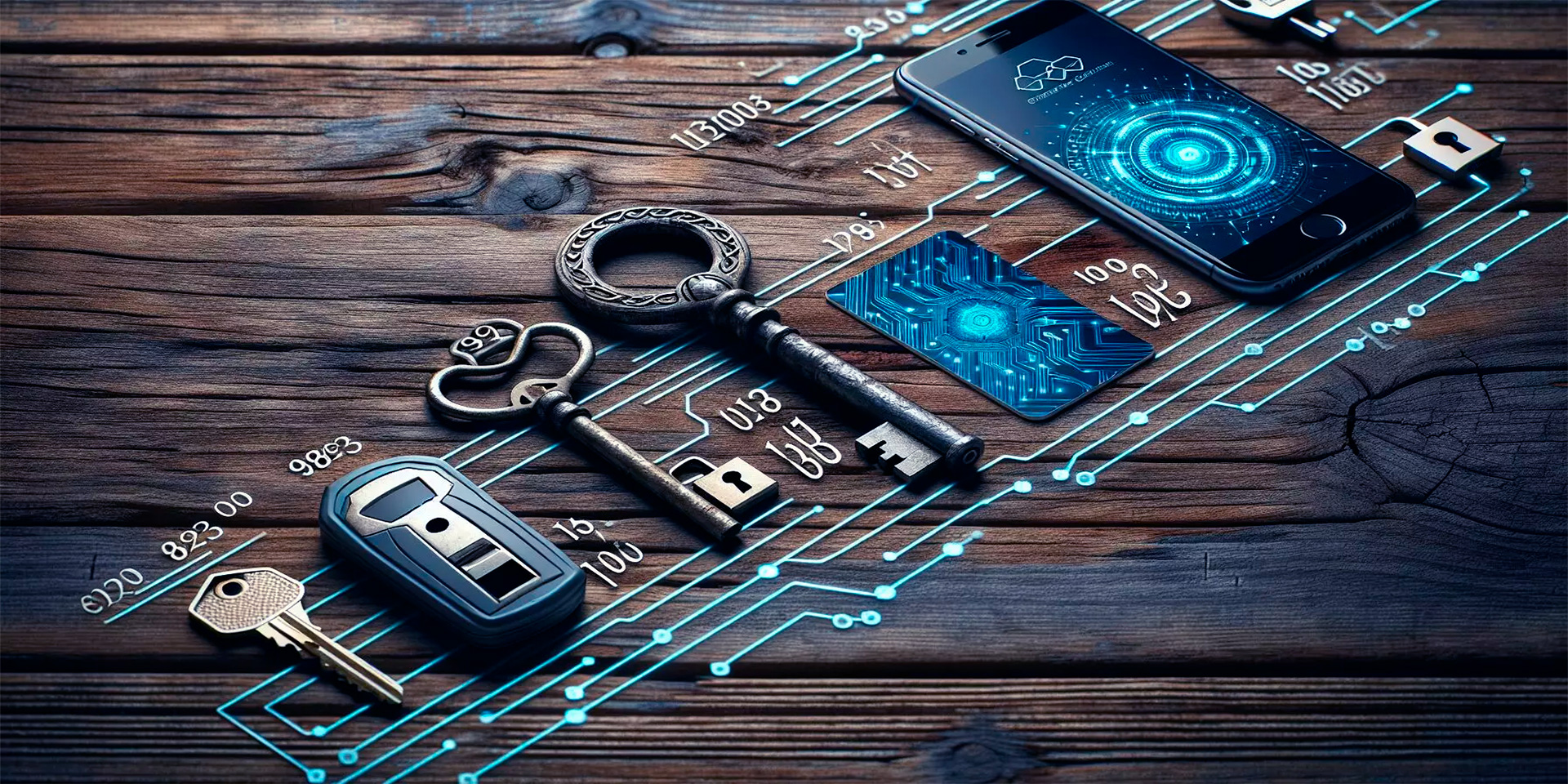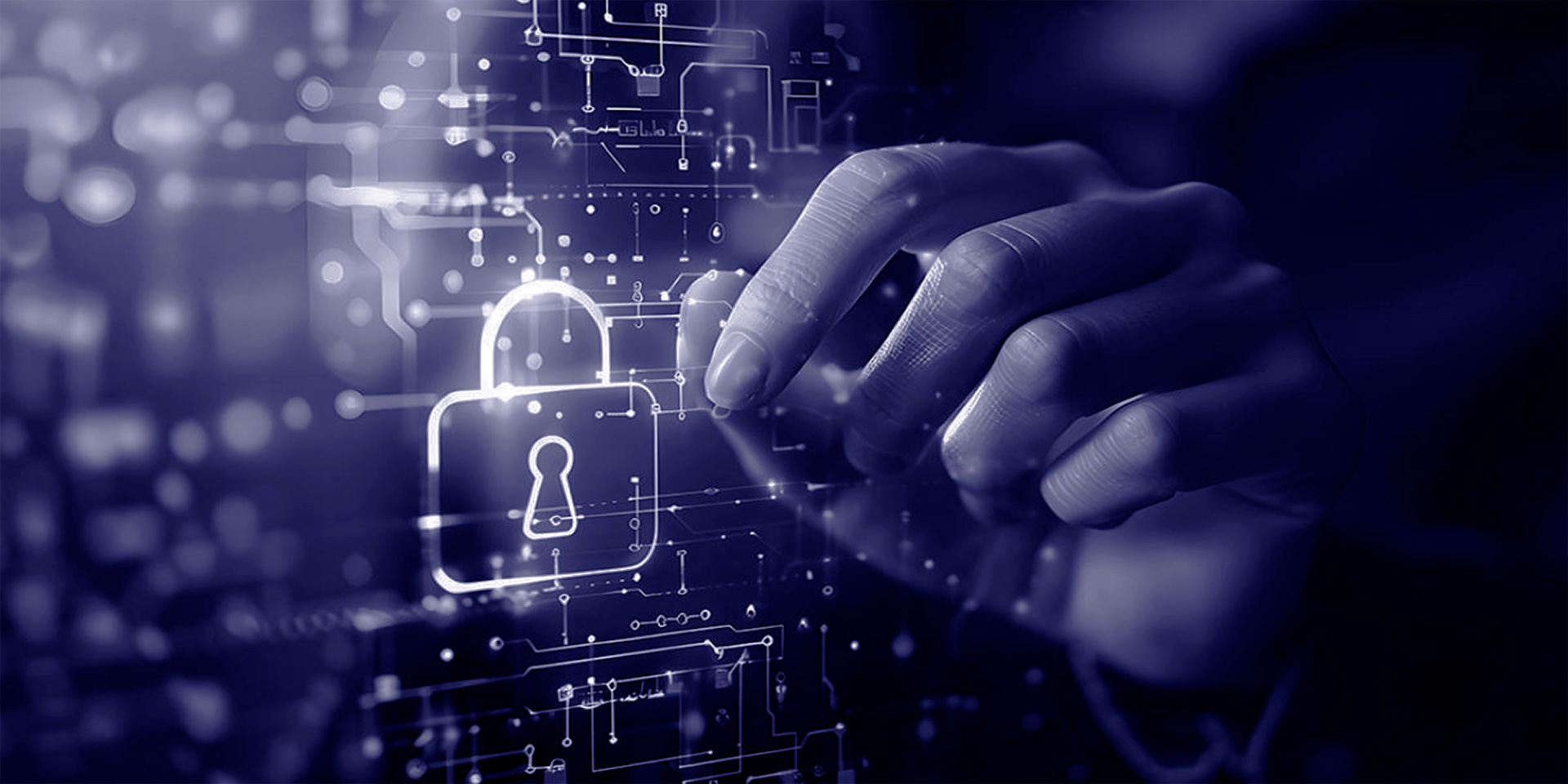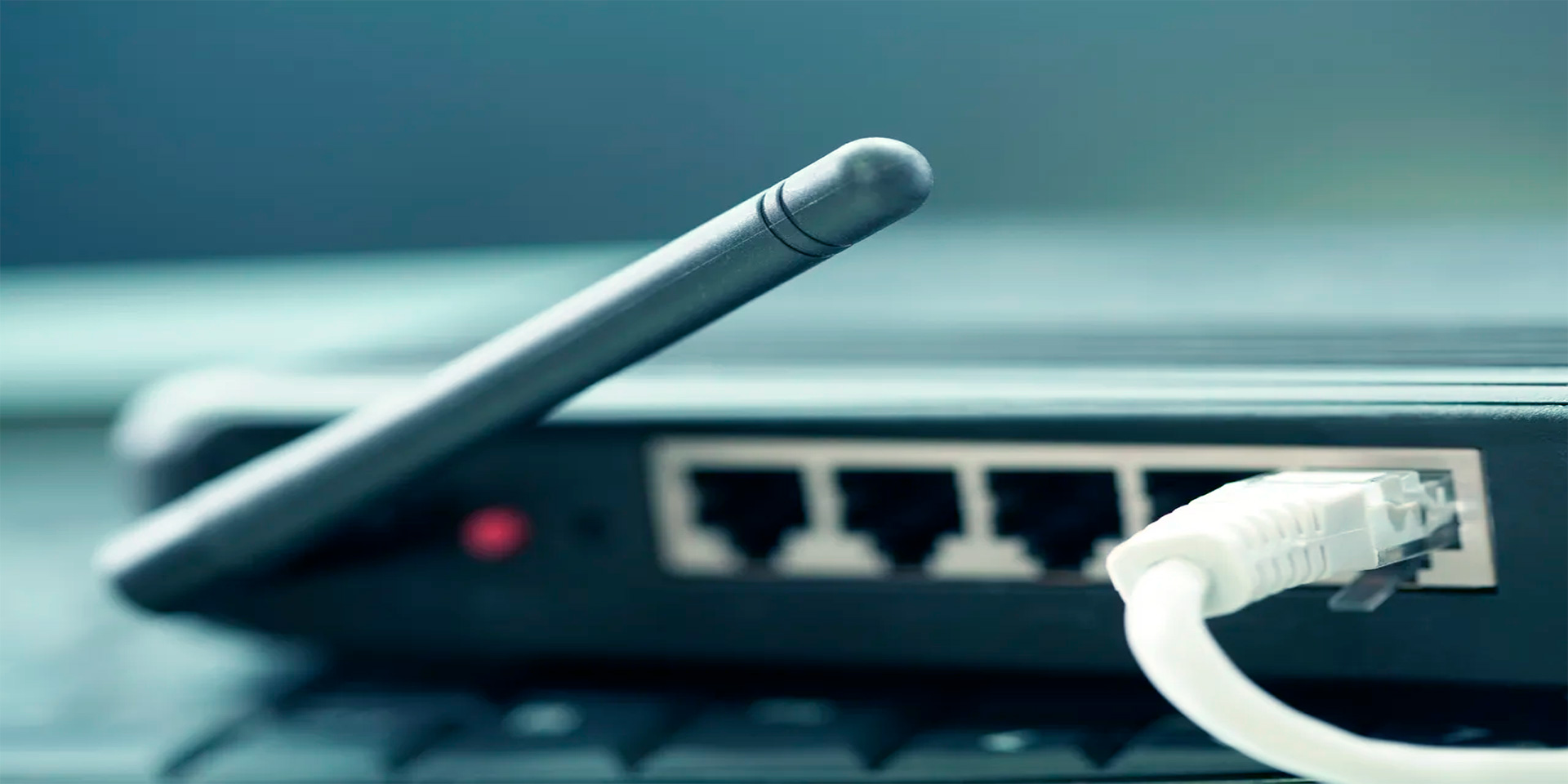Security systems have experienced profound transformations over the years, evolving from basic mechanical locks to advanced digital solutions. These changes have been driven by technological advancements and the increasing complexity of threats. This article traces the development of security systems and explores the technologies driving modern security solutions.
Traditional Security Systems
Traditional security systems laid the foundation for modern solutions, relying heavily on mechanical and analog technologies to provide basic protection against theft and unauthorized access.
Mechanical Locks and Keys
Mechanical locks and keys are among the oldest forms of security. They provided a simple yet effective means of securing property. Despite their simplicity, mechanical locks had vulnerabilities, such as being susceptible to lock picking and key duplication.
Pin tumbler locks, introduced in the 19th century, became the standard due to their increased security compared to earlier designs. Combination locks, used in safes and vaults, added an extra layer of security by requiring a specific sequence of numbers to unlock.
Alarm Systems
Alarm systems marked a significant advancement in security technology, providing a way to detect and respond to unauthorized access. Early alarm systems were primarily mechanical and required manual intervention.
Electromechanical alarms, introduced in the late 19th century, used electrical circuits to trigger alarms when a door or window was opened. Bell alarms, used primarily in banks and high-security areas, relied on loud noises to deter intruders and alert authorities.
The Advent of Electronic Security Systems
The introduction of electronic security systems in the mid-20th century revolutionized the field. These systems offered greater reliability, automation, and integration capabilities, laying the groundwork for modern security solutions.
Surveillance Cameras
Surveillance cameras provided a new way to monitor and record activities, significantly enhancing security measures. Initially, these systems were analog and required physical media for recording.
CCTV (Closed-Circuit Television) became widespread in the 1960s and 1970s, allowing for real-time monitoring of multiple locations from a central control room. Digital Video Recording (DVR), introduced in the late 20th century, enabled digital storage of footage, making it easier to search and retrieve recorded events.
Access Control Systems
Access control systems replaced traditional locks and keys with electronic methods of managing entry to secured areas. These systems offered greater flexibility and security by allowing administrators to control who could enter specific locations and when.
Keycards and fobs provided a more secure and convenient way to manage access compared to traditional keys. Biometric systems, introduced in the late 20th century, use unique physical characteristics, such as fingerprints or retinal patterns, to authenticate users.

Modern Security Systems
Modern security systems leverage advanced technologies to provide comprehensive, integrated, and intelligent security solutions. These systems are designed to address a wide range of threats and offer enhanced capabilities for prevention, detection, and response.
Networked Surveillance and IoT Integration
The integration of Internet of Things (IoT) technologies with surveillance systems has transformed how security is managed. Networked surveillance systems enable real-time monitoring and control from virtually anywhere.
IP cameras offer high-resolution video, remote access, and the ability to integrate with other security systems. Smart sensors detect motion, sound, and environmental changes, providing real-time alerts and data for proactive security management.
Artificial Intelligence and Machine Learning
AI and machine learning are revolutionizing security systems by enabling predictive analytics, automated threat detection, and enhanced decision-making capabilities.
Facial recognition systems powered by AI can identify individuals in real-time, enhancing access control and surveillance. Behavioral analysis algorithms use machine learning to analyze patterns of behavior to detect anomalies and potential threats.
Cloud-Based Security Solutions
Cloud computing has enabled the development of scalable, flexible, and cost-effective security solutions. Cloud-based security systems offer numerous advantages, including centralized management, real-time updates, and enhanced collaboration.
Cloud storage enables secure, remote storage of surveillance footage and data, making it accessible from anywhere. Security as a Service (SaaS) provides comprehensive security solutions through cloud-based platforms, reducing the need for on-premises infrastructure.
Integration and Automation
Modern security systems emphasize integration and automation to enhance efficiency and effectiveness. Integrated systems allow for seamless communication and coordination between different security components.
Unified Security Platforms
Unified security platforms consolidate various security systems into a single interface, simplifying management and improving response times.
Integrated dashboards provide a centralized view of all security activities, enabling quick decision-making and coordination. Automated responses use predefined rules and AI to automatically respond to detected threats, reducing the need for manual intervention.
Smart Home Security Systems
The rise of smart home technology has brought advanced security capabilities to residential settings. Smart home security systems offer comprehensive protection and convenience through automation and remote control.
Smart locks allow homeowners to control access through smartphones or voice commands. Home automation integration connects security systems with other smart home devices, such as lighting and HVAC, for enhanced security and energy efficiency.
Conclusion
The evolution of security systems from traditional mechanical locks to advanced, AI-driven solutions reflects the growing complexity of security challenges and the need for more sophisticated protection measures. As technology continues to advance, security systems will become increasingly integrated, automated, and intelligent, offering enhanced capabilities to protect against emerging threats. Staying informed about these developments and adopting modern security solutions is crucial for safeguarding assets and ensuring peace of mind in an ever-changing security landscape.




